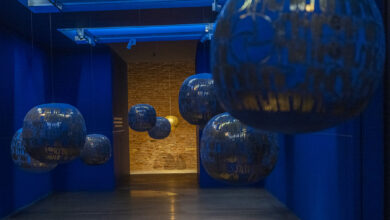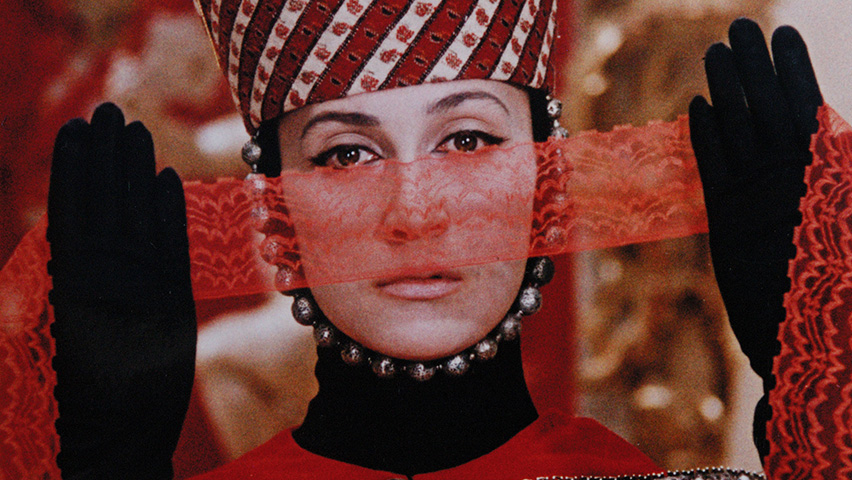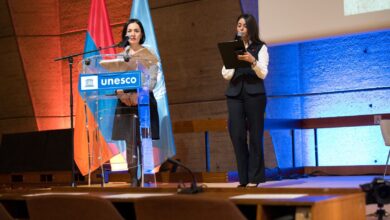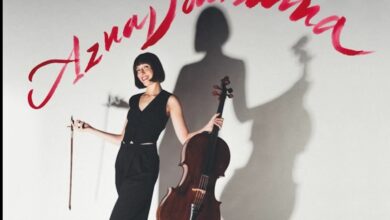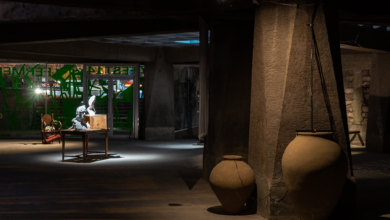Iran-Armenia exhibit in Tehran conveys massage of peace and friendship

Top Iranian and Armenian cultural officials and figures cut the ribbon on a joint exhibition of historical relics at the National Museum of Iran on Tuesday. Titled “Armenia and Iran: Memory of The Land”, the event is aimed to relay a message of peace and friendship, Tehran Times reports.
The event was attended by Iran’s Cultural Heritage, Tourism and Handicrafts Organization Director Ali-Asghar Mounesan and Armenia’s Minister of Culture Armen Amiryan.
In a keynote speech to the opening ceremony, Mounesan said: “The common heritage represents some deep-seated associations that have been formed over thousands of years between human societies.”
“These deep-rooted ties causes proximity of the nations in the modern world while helps promote peace and friendship,” he added.
The similarities between treasures of the two neighboring lands reflects the position and attitude of the ancestors who, in accordance with their conditions and abilities, adhered to the principles of respect for roots and common heritage and profound cultural concepts, while tried to convey their wisdom, arts and beliefs to next generations, Mounesan explained.
Mounesan who also doubles as vice president reminded the attendees of the message of peace and friendship that the Iranian government pursues as its cultural diplomacy, adding “I hope that this valuable event will deepen cultural, political and social relations of the two countries and the convergence of the two great nations of Iran and Armenia.”
The joint exhibit showcases some 200 Iranian historical relics and 103 loaned Armenian counterparts which mainly date from the Iron Age kingdom of Urartu which is believed to be part of common history and heritage of the two neighboring nations.
Most of the artifacts, which will go on display during the showcase, belong to 1st millennium BC when the Iranian Plateau was part of the Urartu kingdom, centered on Lake Van in the Armenian highlands.
The art of Urartu is especially notable for fine lost-wax bronze objects: weapons, figurines, vessels including grand cauldrons that were used for sacrifices, fittings for furniture, and helmets. There are also remains of ivory and bone carvings, frescos, cylinder seals and of course pottery.
The event will be running through January 17, 2018.


